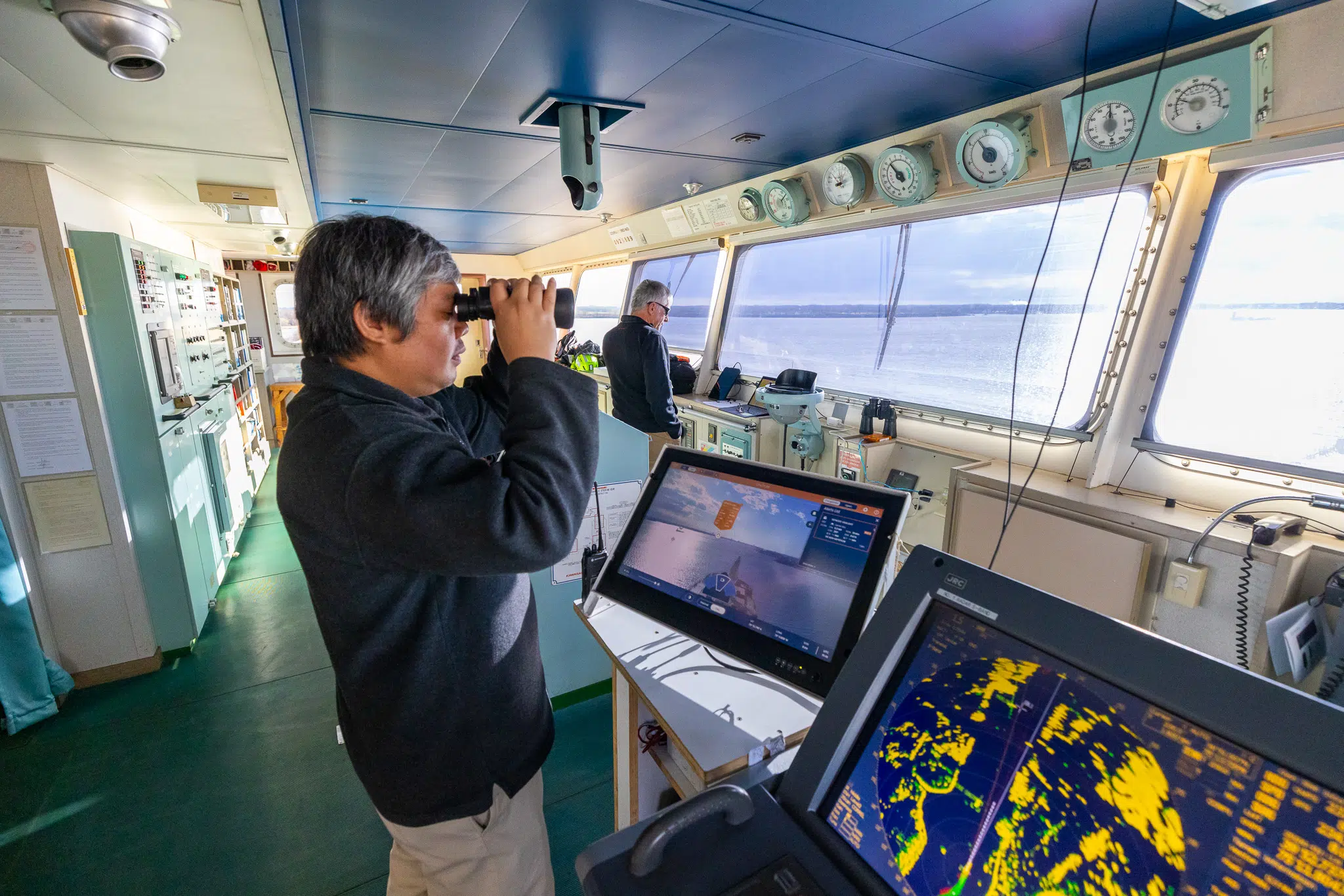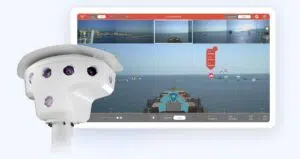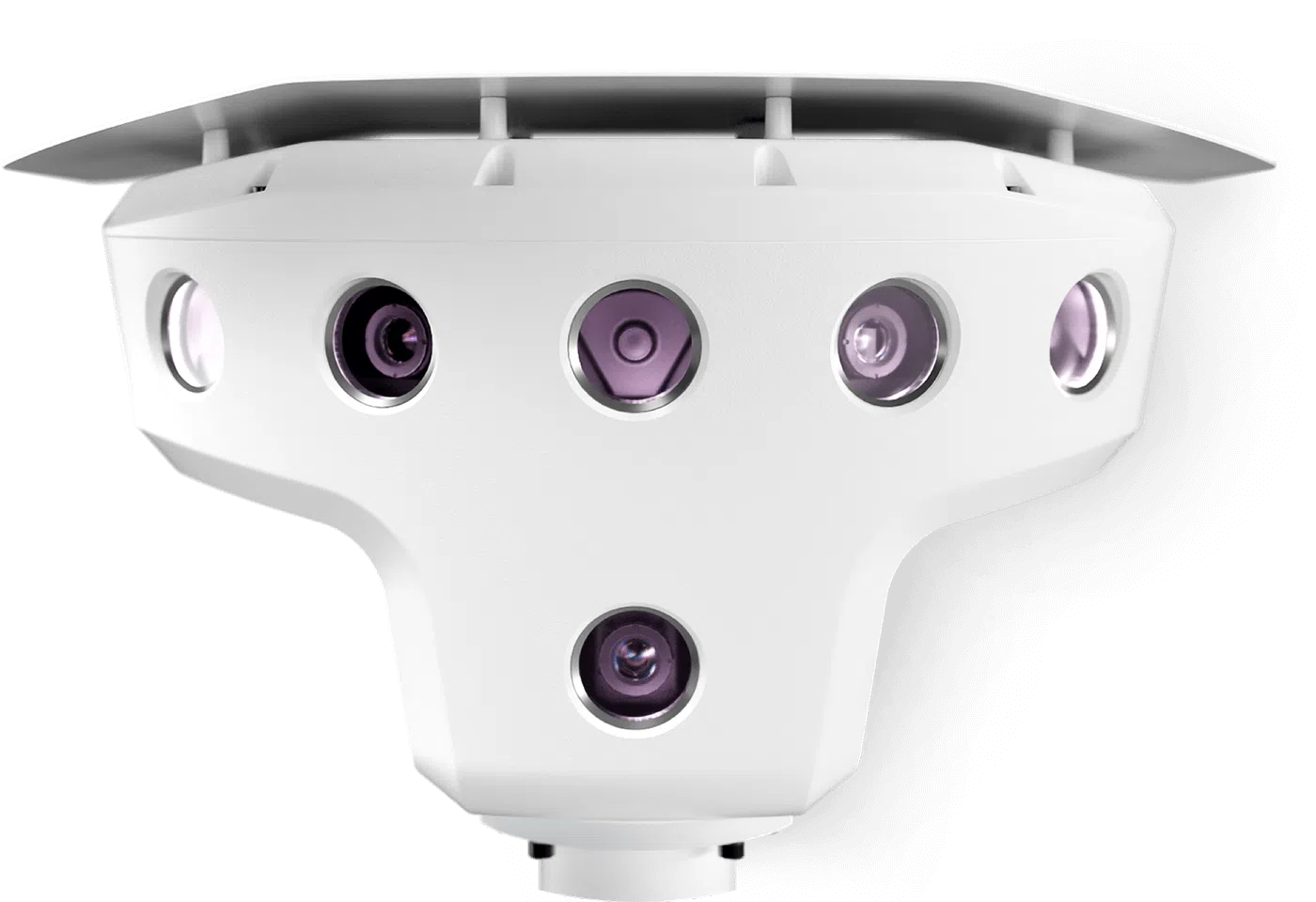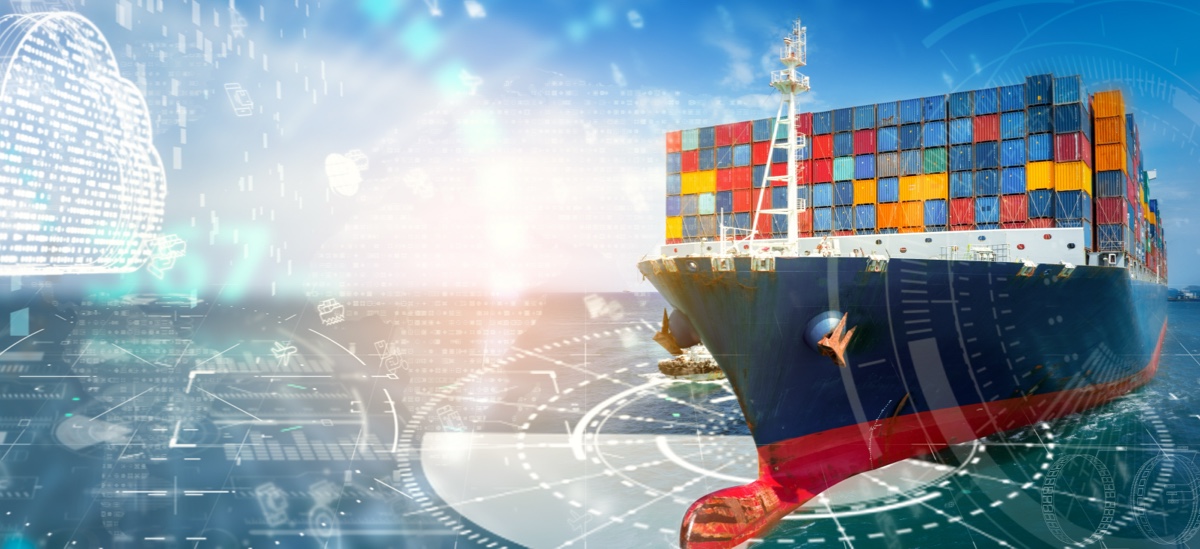Crew fatigue poses a continuous challenge to maritime safety, influenced by factors like extended work hours, unpredictable conditions, and physical demands. According to a recent report by the International Transport Workers’ Federation (ITF), almost 50% of seafarers taking part in the study reported working more than 85 hours per week.
In the dynamic realm of maritime navigation, the challenges presented by fatigue vary depending on the required level of attention. In moments demanding heightened attention, such as navigating through low visibility areas or dense traffic zones, crew members must sustain sharp vigilance and mental acuity. These situations demand prolonged periods of focus, which can intensify fatigue. The necessity for increased alertness in such scenarios accelerates the onset of fatigue, impairing cognitive function and decision-making abilities.
Conversely, when transitioning to periods of low attention, such as while navigating through open seas, crew alertness tends to diminish while fatigue levels rise. Importantly, the cyclical nature of fatigue means its effects persist even after visibility improves, further compromising safety. This combination creates a vulnerable window where the occurrence of unpredictable events can lead to safety incidents.
Fatigue in the shipping industry is driven by a complex mix of systemic issues that prevent seafarers from getting meaningful rest, despite existing regulations. Many crew members falsify work and rest hour logs under pressure from superiors or out of fear of penalties from port state control. This falsification hides the reality: rest periods are often insufficient or disrupted. Coastal vessels are particularly affected due to tight port rotation schedules, engine noise during docking, and difficult sleeping conditions in poor weather.
In a recent study it was found that over 64% of seafarers admit to falsifying logs, and more than half do so under direct instruction. Poor manning levels and administrative overload on senior officers is highlighted as preventing effective rest scheduling. Technology use, while promising in theory, further complicates the situation when fatigued officers are unable to operate bridge systems properly, an issue compounded by inadequate training and awareness.
Understanding the Causes of Vessel Crew Fatigue
In maritime navigation, there’s little room for error, as even slight mistakes can lead to severe consequences like collisions and groundings. Fatigue significantly contributes to these incidents by causing delayed decision-making and slower reaction times, thus increasing the likelihood of accidents. According to the International Maritime Organization (IMO) database, fatigue, stress, work pressure, and poor communication are common factors in accidents within the round-the-clock environment of shipping, with statistical analysis showing that 13.46% of incidents involving human error are fatigue-related. Therefore, addressing crew fatigue is paramount for improving maritime safety and mitigating the risks associated with human error.
Understanding the Causes of Vessel Crew Fatigue
Fatigue among vessel crew members arises from a combination of operational demands, environmental conditions, and organizational factors that collectively impair performance and safety. Understanding these elements is crucial for developing strategies to enhance crew well-being and operational efficiency.
Irregular Work-Rest Schedules and Shift Patterns
Maritime operations often require crews to adhere to demanding watchkeeping schedules, such as 6 hours on/6 hours off or 4 hours on/8 hours off rotations. These fragmented sleep patterns hinder the attainment of restorative rest, leading to cumulative sleep deficits and chronic fatigue. The International Maritime Organization (IMO) emphasizes that such disrupted sleep-wake cycles significantly impact alertness and performance.
Elevated Workload and Crew Shortages
Advancements in vessel technology have not always been accompanied by proportional increases in crew sizes. This imbalance results in heightened workloads, extended duty hours, and the necessity for multitasking under pressure, all of which contribute to physical and mental exhaustion. The International Transport Workers’ Federation (ITF) has reported that reduced crew numbers and increased workloads are linked to heightened fatigue risks and compromised safety.
Environmental Stressors at Sea
Continuous exposure to ship vibrations, engine noise, extreme weather conditions, and the vessel’s motion can adversely affect sleep quality and elevate stress levels. Inadequate cabin ergonomics and the absence of quiet, dark sleeping quarters further exacerbate these challenges. The Marine Accident Investigation Branch (MAIB) has identified such environmental factors as significant impediments to crew rest.
Prolonged Isolation and Monotony
Extended periods at sea, often with limited social interaction and monotonous routines, can lead to psychological fatigue and decreased alertness. The isolation inherent in maritime work can diminish morale and cognitive function, as noted by the IMO.
Administrative Burdens and Compliance Pressures
The maritime industry’s increasing emphasis on documentation, audits, and regulatory compliance imposes substantial administrative workloads on crew members. This additional burden can lead to cognitive overload and divert attention from essential operational tasks, contributing to fatigue. The Nautical Institute has highlighted the impact of increased paperwork on seafarer fatigue.
Disruption of Circadian Rhythms
Frequent crossing of time zones, irregular port schedules, and nighttime operations disrupt the body’s natural circadian rhythms. Such disruptions make it challenging for crew members to maintain consistent sleep patterns, exacerbating fatigue and impairing performance. Research published by the Nautical Institute explores how these factors affect sleep and circadian phases in ship crews.
Reevaluating rest standards
Some experts stress that rest quality, not just quantity, is essential to tackling fatigue. Even when rest hours are formally compliant, stress, isolation, and personal issues—amplified by modern connectivity and lack of real downtime erode their effectiveness. The upcoming tripartite meeting of the International Labour Organization aims to revise the Maritime Labour Convention with new amendments, but experts emphasize that increasing manning levels and reevaluating rest standards will be critical to ensuring true seafarer wellbeing.
AI-based early hazard detection: Mitigating crew fatigue and errors
COLREG 5, which mandates a constant lookout on the bridge regardless of visibility conditions or water congestion, underscores the importance of maintaining alertness at all times. However, in clear visibility conditions and open waters, crew members may experience reduced alertness due to the monotonous nature of the environment, creating a potential window for safety incidents to occur
This is precisely where advanced technology, such as AI-enhanced vision systems, and vessel collision avoidance systems prove invaluable. Powered by AI algorithms trained on vast amounts of nautical data—encompassing millions of nautical miles, akin to the cumulative experience of the most seasoned captains who have navigated the seas for centuries—these systems operate around the clock. By autonomously detecting and monitoring objects within a ship’s proximity, they alleviate the burden on crew members, particularly during prolonged periods of vigilance, such as in low-attention states like open waters. Moreover, these AI algorithms constantly improve themselves through iterative learning processes.
By continuously monitoring the surroundings with capabilities akin to a human lookout, these systems effectively bridge the gap in vigilance during periods of reduced alertness. Leveraging a wide array of features including thermal imaging for night conditions, panoramic views, and risk prioritization, they remain vigilant even in scenarios where human attention might decline. This proactive approach not only mitigates the risk of safety incidents but also ensures that crew fatigue does not compromise operational efficiency, particularly during extended periods in open waters where the need for constant vigilance is paramount.
Moreover, some systems, such as Orca AI’s, integrate bridge navigational watch alarm system (BNWAS) with audio alerts to further enhance crew awareness, adding an extra layer of safety . By seamlessly fusing sensor data from various sources such as AIS and radar, BNWAS offer comprehensive coverage of surrounding marine traffic and environmental hazards, significantly reducing the likelihood of incidents due to unforeseen dangers. This not only addresses the immediate risks associated with poor visibility but also aligns with the principle of automation: delegating dull or low-attention tasks to technology, thereby allowing human operators to focus on critical decision-making tasks and maintaining a high level of alertness when needed most.
The future of maritime safety: Automation and crew empowerment
In the field of automation and robotics, there’s a saying: ‘If it’s dull, dirty, or dangerous, a machine should handle it’—highlighting the importance of automation in managing tasks that are repetitive, tedious, or pose inherent risks to human operators. This principle holds particular relevance in addressing the challenge of maintaining constant lookout, as mandated by maritime regulations, especially during periods of reduced alertness in open waters. By leveraging advanced technology such as AI-enhanced vision systems, maritime operators can delegate the task of continuous surveillance to machines, freeing human crew members from the burden of prolonged vigilance. Orca AI, a leader in this field, envisions a future where AI-driven solutions not only enhance safety at sea but also empower crews to focus on critical decision-making tasks, ultimately leading to a safer and more efficient maritime industry.










